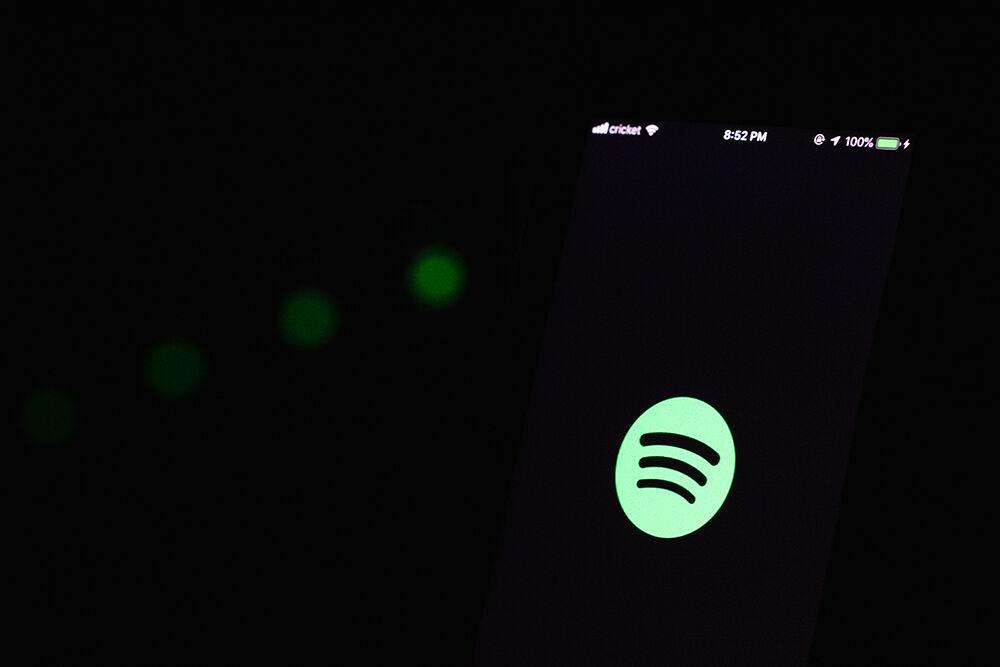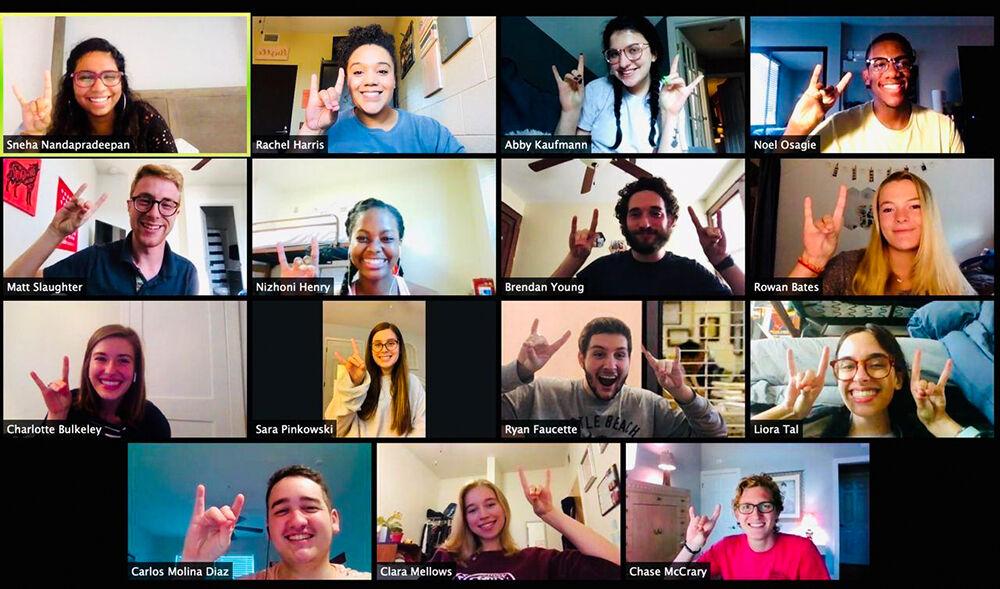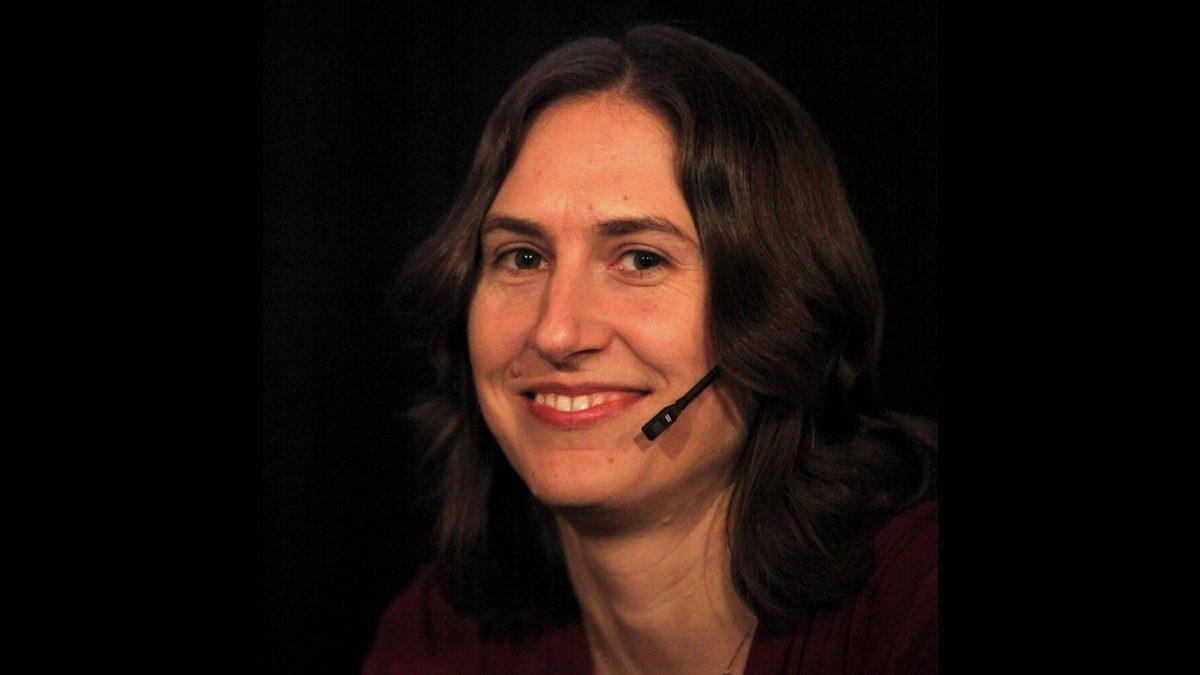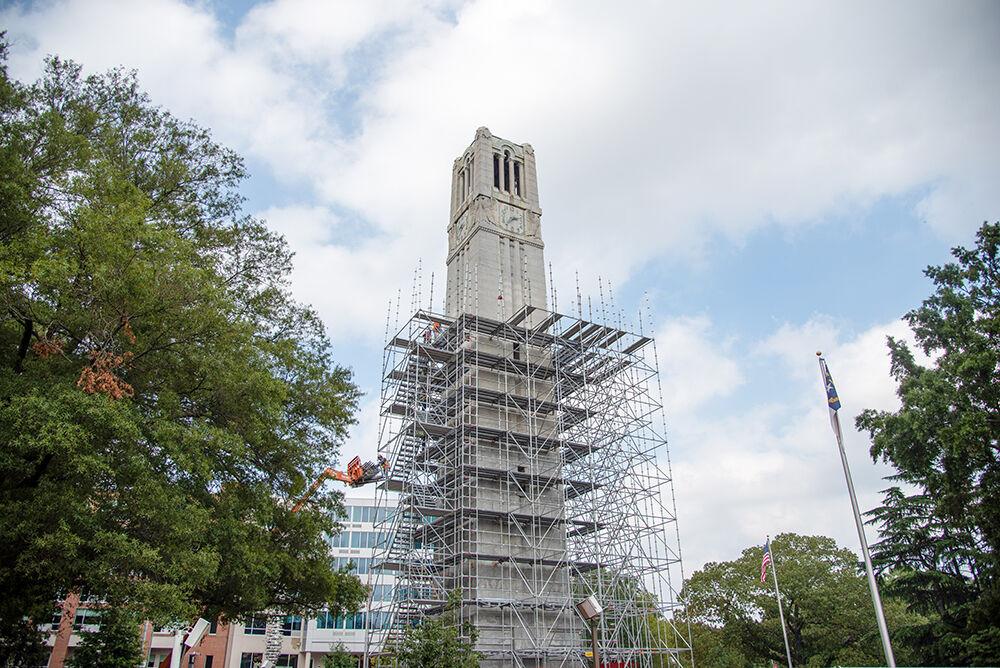One of the biggest struggles to grace the Supreme Court is how to walk the fine line between the establishment and the free exercise clauses of the First Amendment. The establishment clause prevents the government from favoring one religion over another, while the free exercise clause affords every American citizen the right to practice their faith without governmental interference. More recently, these clauses have met another formidable foe: the Civil Rights Act of 1964.
The Civil Rights Act of 1964 was signed into law by Lyndon B. Johnson and banned employment discrimination on the basis of race, color, religion, sex or national origin. On June 15, the Supreme Court decided inAltitude Express v. Zarda that sexual orientation and gender identity were protected under this act as well.
Including the Altitude Express decision, the Supreme Court made a few decisions this term and recent previous terms regarding religious liberties and employment discrimination.
In Trump v. Pennsylvania, the Supreme Court found that religious organizations are not required to provide birth control to their employees through the Affordable Care Act. In Our Lady of Guadalupe School v. Morrissey-Berru, the Supreme Court found that the nondiscrimination rules in the Civil Rights Act do not apply to the hiring and firing practices of religious organizations. In Masterpiece Cakeshop, Ltd. v. Colorado Civil Rights Commission, the Supreme Court found that the legal protections of business owners’ religious views outweigh the legal protections of the civil rights afforded to gay couples.
These cases, along with several other religious liberties cases in the history of the Supreme Court, pit religious liberties and nondiscrimination policies as antithetical to one another. In Our Lady of Guadalupe School, the petitioners argued their religious liberties were being violated by having to abide by the nondiscrimination policies of the Civil Rights Act. Same with the petitioners in Trump and Masterpiece Cakeshop.
It’s almost as if religious liberty arguments are being exploited to further bigoted and antiquated views.
This Supreme Court term may be one of the strongest for religious liberties advocates, with key decisions in Trump, Our Lady of Guadalupe School and Espinoza v. Montana Department of Revenue. The Court’s decision in Espinoza found that states are required to fund religious schools if they also fund private nonreligious schools. The petitioners of this case argued that not doing so was blatantly anti-religion.
It’s very hard to understand how one can believe the Supreme Court has an “anti-religion” or “religious discrimination” stance when the Supreme Court has continuously decided that religious organizations are legally allowed to discriminate against people solely because they are religious organizations.
The argument of not regulating religious organizations in order to preserve the separation of church and state is a hypocritical one when the Supreme Court also decided that the state government has to fund religious schools. This decision is a blatant breakdown of the separation of church and state.
North Carolina did overturn the ban on gay marriage prior to Obergefell v. Hodges, but prior to the decision in Altitude Express, North Carolinians were legally allowed to discriminate against LGBT+ employees in hiring practices. Currently, North Carolina’s hate crime statutes do not cover sexual orientation or gender identity. It is safe to say that the LGBT+ community has achieved some semblance of equality, but cases like these continue to perpetuate the idea that LGBT+ people are not equal and do not deserve the same civil rights protections of other people.
The use of religious liberties arguments to allow for discrimination is spitting in the face of actual cases dealing with religious discrimination like Holt v. Hobbs, Church of the Lukumi Babalu Aye v. City of Hialeah, Dunn v. Ray and more. Petitioners of the Supreme Court need to stop using the visage of religious liberties in order to hide bigoted ideologies.




















